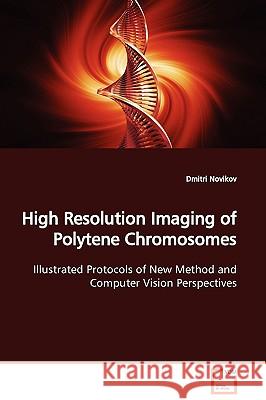High Resolution Imaging of Polytene Chromosomes » książka
High Resolution Imaging of Polytene Chromosomes
ISBN-13: 9783639129243 / Angielski / Miękka / 2009 / 96 str.
The exceptional organization of polytene chromosomes has made fruit fly Drosophila melanogaster a premier model organism for visualization of genes. A major barrier to full exploitation of polytene chromosome cytology has been the difficulty in producing good chromosome preparations. A new, economical procedure using high pressure and other modifications to overcome this barrier is presented. Light microscopy images of such slides compared to electron microscopy images for the first time show similar or superior detail. Results from typical staining applications, including immunofluorescence and fluorescence in situ hybridization are illustrated, and optimized protocols for light and electron microscopy presented. Also included are notes on the general architecture of polytene chromosomes. Improved chromosome images prompted collaborative development of computer vision applications for automated recognition and analysis of structural patterns. These methods should be helpful for researchers and students using the classical polytene chromosome model as well as to all scientists exploring wonderful possibilities that computer vision opens to modern microscopy.











